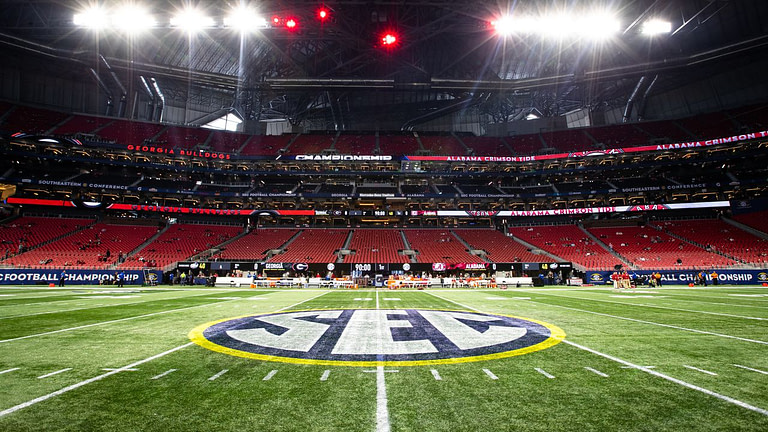Artificial Intelligence (AI) is revolutionizing the art world. AI-generated artwork has been gaining traction in recent years, and it’s no surprise why: AI-created pieces are often more creative and unique than traditional works of art.
The concept of using artificial intelligence to create art isn’t new; computer algorithms have been used to generate images since the 1960s. However, advances in technology have made it possible for machines to produce increasingly complex and sophisticated works of art.
One example of an AI artist is Mario Klingemann, a German programmer who creates abstract digital paintings with his own custom software called “Quasimondo.” His work has been featured at galleries around the world, including London’s Saatchi Gallery and New York City’s Museum of Modern Art (MoMA).
Klingemann uses machine learning algorithms to teach his software how to recognize patterns in data sets such as photographs or videos. The program then generates its own original artwork based on these patterns. This process allows him to explore themes such as identity, memory, and perception through his creations.
Another prominent figure in the field is Refik Anadol, a Turkish media artist whose work focuses on exploring connections between architecture and data science through immersive installations powered by AI technology. He recently collaborated with Google Arts & Culture Lab on an interactive installation that visualizes over 100 years’ worth of archival footage from Los Angeles County Museum of Art (LACMA). The project was part of LACMA’s “Made In LA 2018” exhibition which showcased contemporary artists living in Los Angeles County.
While some may argue that this type of artwork lacks human creativity or emotion due to its algorithmic nature, many experts disagree – pointing out that even when created by machines, there can still be beauty found within them if you look closely enough! For instance, one could argue that Klingemann’s abstract digital paintings evoke feelings similar to those experienced while looking at traditional works like Monet’s Water Lilies series or Van Gogh’s Starry Night painting – both renowned for their use color theory and texture composition techniques respectively!
Additionally , there are numerous benefits associated with utilizing artificial intelligence within the arts industry . For starters , it eliminates any potential bias towards certain types or stylesofartworkby allowing computers toprocessdata objectively without being influenced by personal opinions . Furthermore ,it enables creatives touse large datasetsin orderto quickly generate multiple iterationsofan ideaorconcept– somethingthat would take much longerforhumans alone . Finally ,AI also provides uswiththeopportunitytodiscovernewpatternsandrelationshipsbetween different formsandstylesofartwhichmaynotbeapparentatfirstglance !
As we continue into a future where technology plays an ever increasing role in our lives – so too will Artificial Intelligence become more integrated into our daily activities – including creating beautiful pieces offineart ! Itwillbefascinatingtoseehowthisemergingfieldcontinuestoevolveoverthecomingyearsandwhatkindsofinnovativeworksweareabletocomeupwithasthetechnologyprogresses further !
TIME






